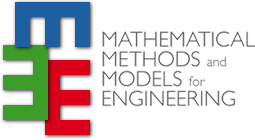The fastest Sparse Linear Algebra Library
Chronos is a collection of sparse linear algebra functions specifically designed for High Performance Computing. Chronos allows for the iterative solution of extreme size linear systems of equations and eigenproblems arising from real world industrial and scientific applications. Designed as an object-oriented software, it is able to run on several platforms, taking full advantage of many core processors and GPU accelerators currently available on modern HPC systems.
M3E matrix collection
User manual
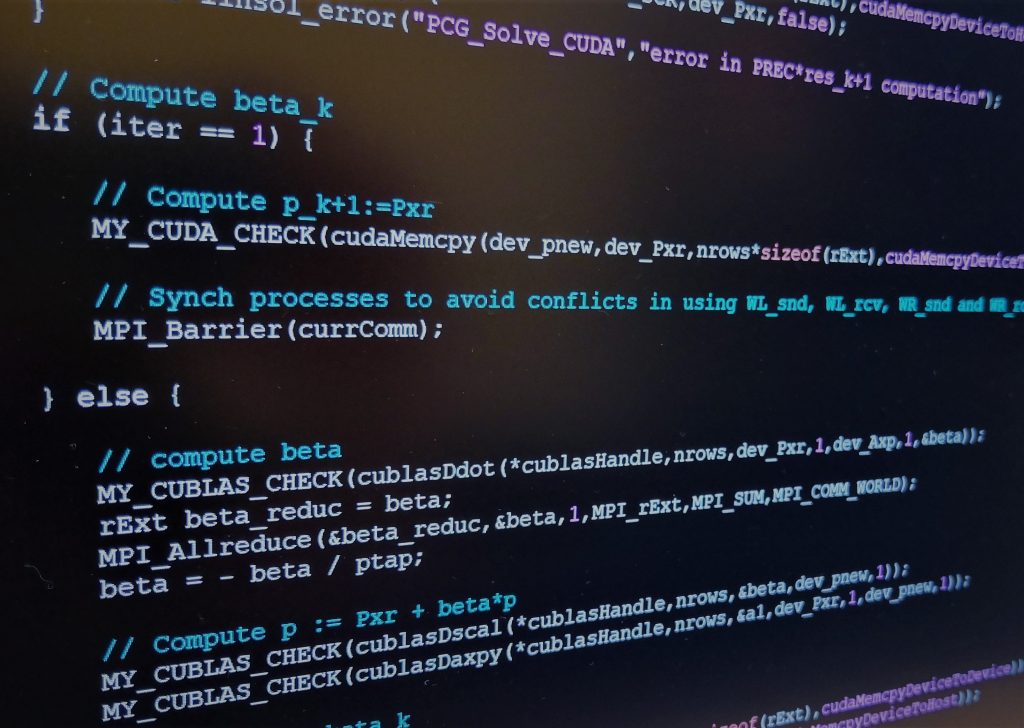
Powerful numerical methods
Chronos implements the most powerful algorithms for the solution of linear algebra problems. In particular, Chronos shines when the matrices are huge, up to hundreds milions of unknowns.
The numerical methods implemented in Chronos include several Krylov subspace methods as iterative schemes such as CG, GMRES, BiCGstab, SQMR. Moreover, the library implements best-in-class preconditioners to incredibly accelerate the convergence of the iterative scheme. Both single level (Approximate Inverses) and multilevel preconditioners
(AMG) are available.
Mainly written in C++, Chronos uses openMP directives for shared memory processing and CUDA for the use of GPU accelerators. Interprocessor communication for distributed computation is accomplished through the MPI protcol
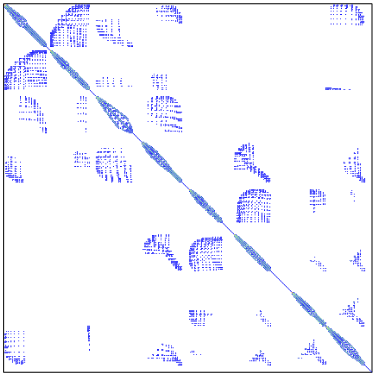
Exascale ready

Chronos is specifically designed for the most modern High-Performance Computing and has been thought to be ready for the next generation Exascale systems.
It is able to run on several platforms, leveraging the computational power of many core processors and GPU accelerators currently available on modern HPC systems. The library can be adjusted and tailored for the specific computational architecture available. Both the numerical methods and the input hyperparameter can be customized in order to fully exploit the available hardware.
Thanks to a strong collaboration with CINECA (Italian Consortium for HPC), Chronos has been already deployed and fully tested on several supercomputers.
Applications
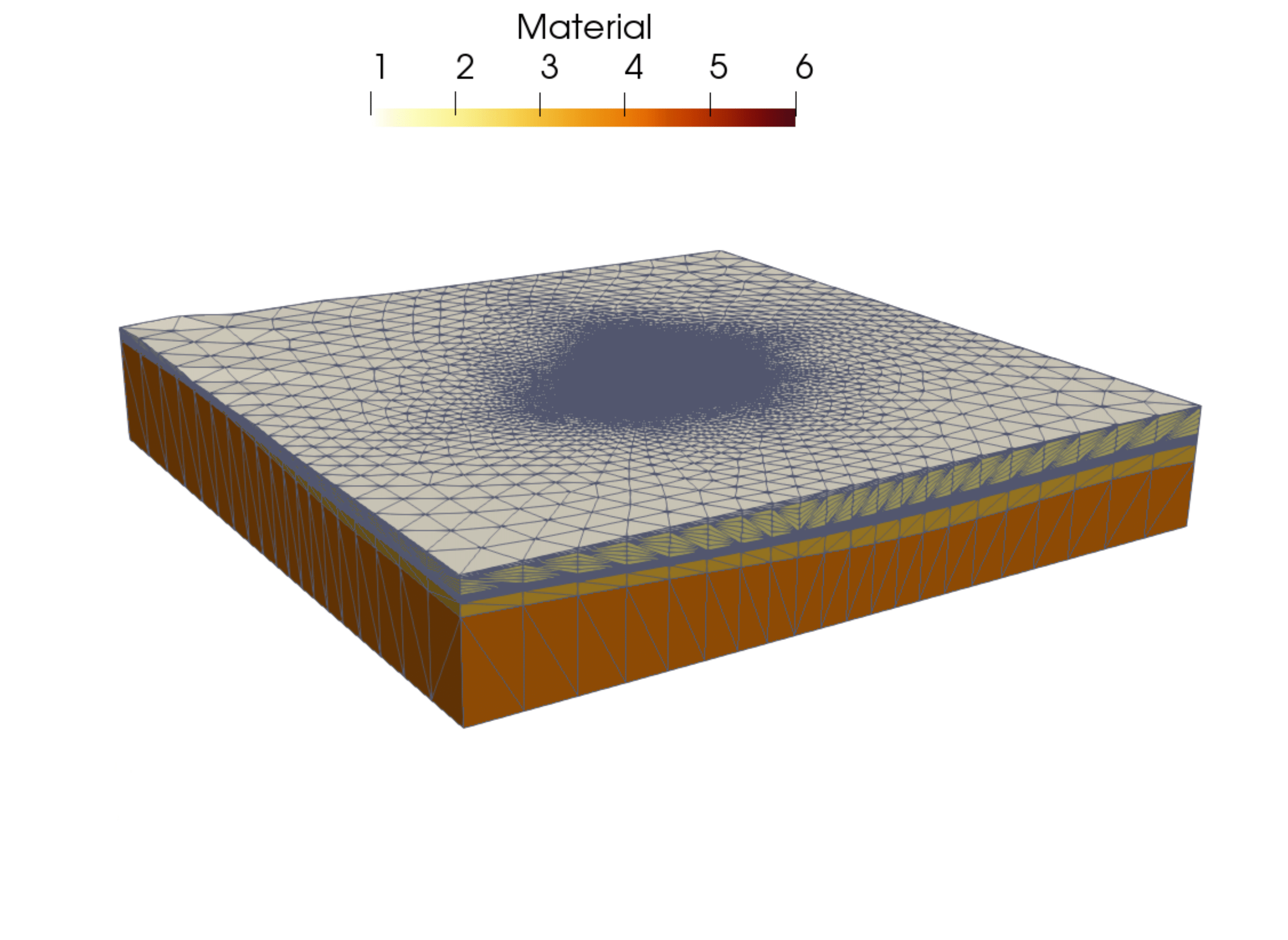
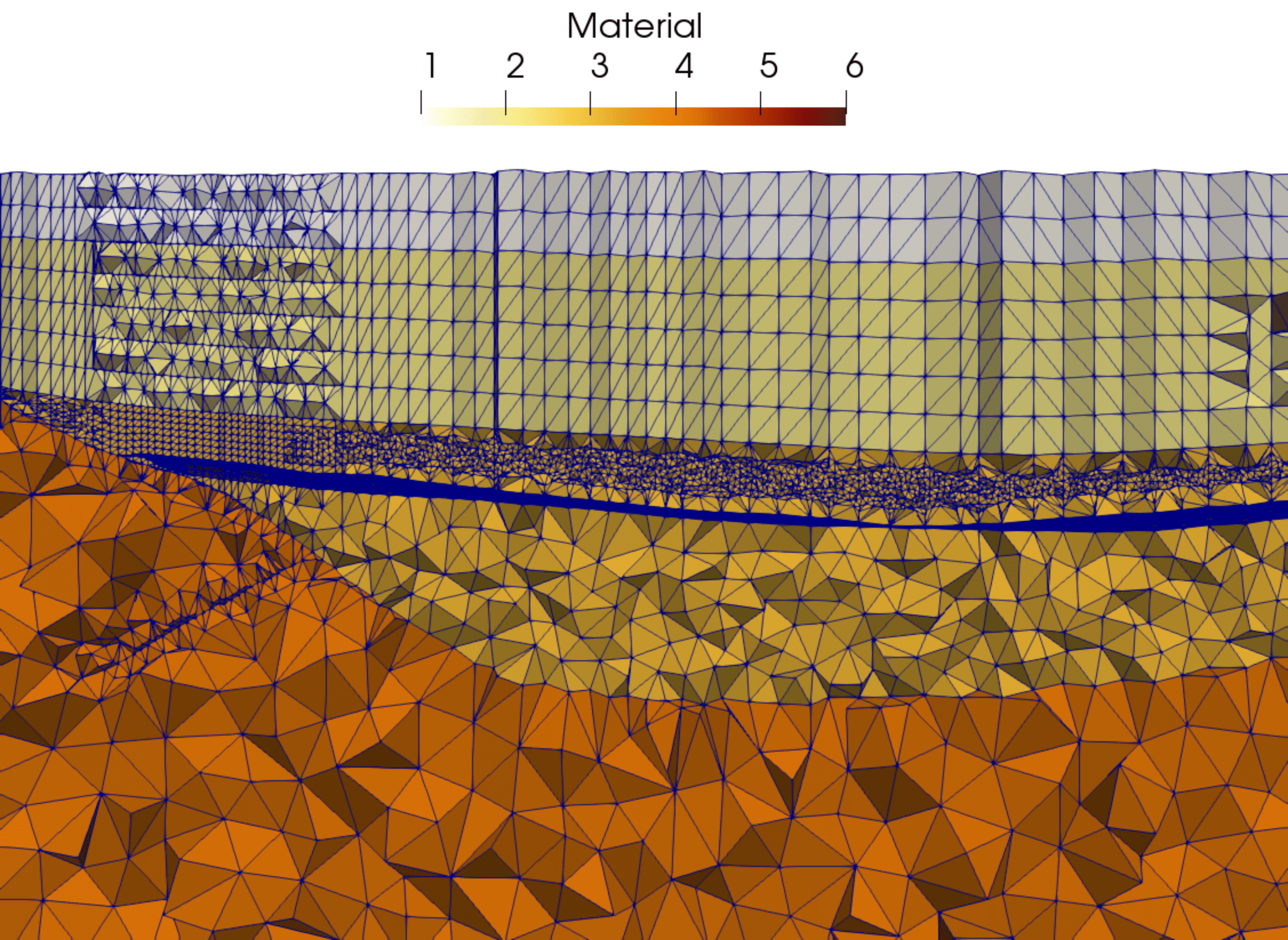
Oil reservoir simulation
Numerical simulations is a very common tool in studying oil reservoir, typical examples are the modeling of porous flow in deep formations, the geomechanical processes involved in the compaction of rocks or the evolution of sedimentary basins. All these kinds of simulations are usually carried out on domains extending for several kilometers in each direction, having, at the same time, a high local resolution. In this context, the use of supercomputers is unavoidable to reduce simulation time.
The Chronos library offers incredible speed-up in reducing the computational cost of the simulation, allowing for a faster development of the model, with a greater accuracy. Moreover, Chronos library has been proven to be efficient also with mesh with distorted elements, typical in undergorund simulations.
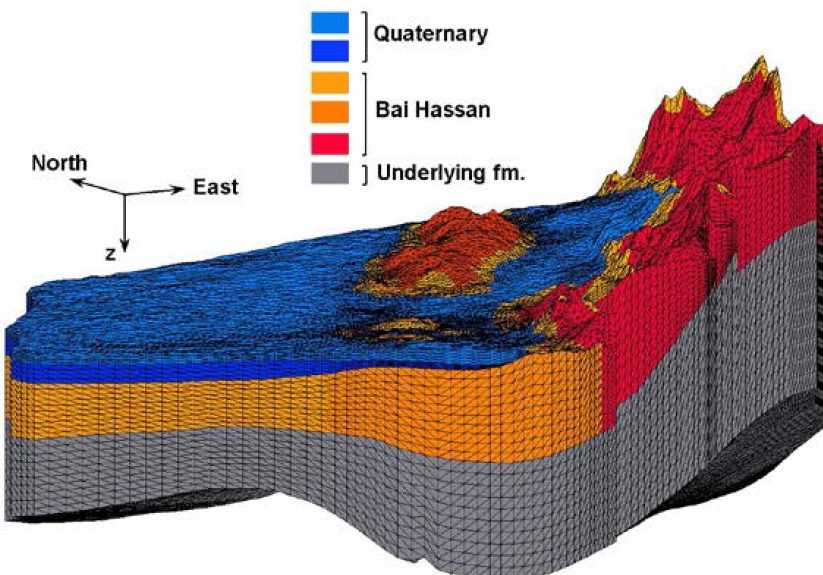
Groundwater simulation
Groundwater simulations are extremely important to predict the hydrological behavior of aquifers, and in particular plan short- and long-term scenario forecast due to water withdrawal. The model’s domain may reach several kms and simulation may cover several decades, since usually understanding the impact over a long period is important. Hence, the use of supercomputers is unavoidable to reduce simulation time.
The Chronos library offers incredible speed-up in reducing the computational cost of the simulation, allowing for a faster development of the model, with a greater accuracy. Moreover, Chronos library has been proven to be efficient also with mesh with distorted elements, typical in groundwater simulations where different soil layers must be reproduced.
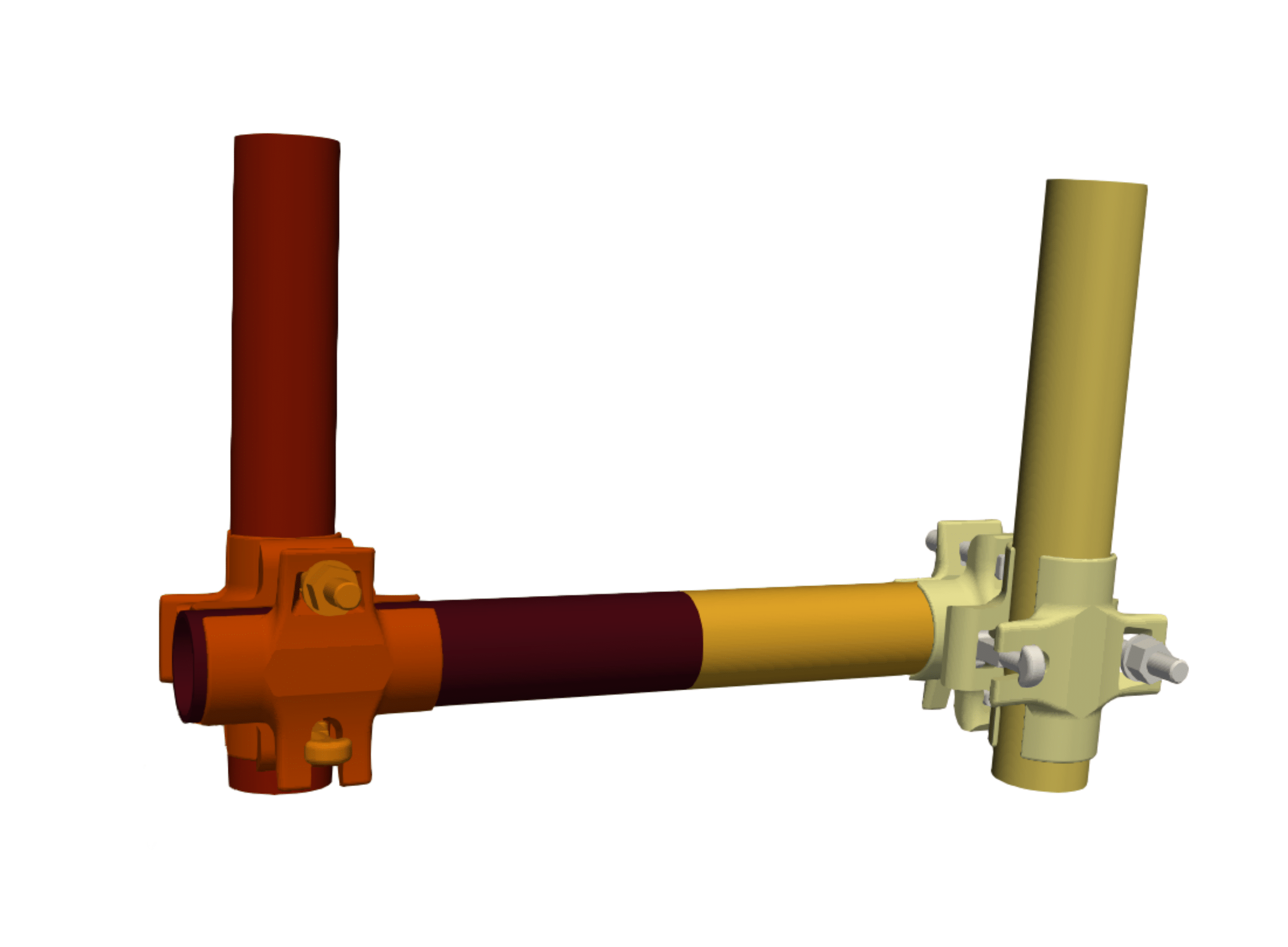
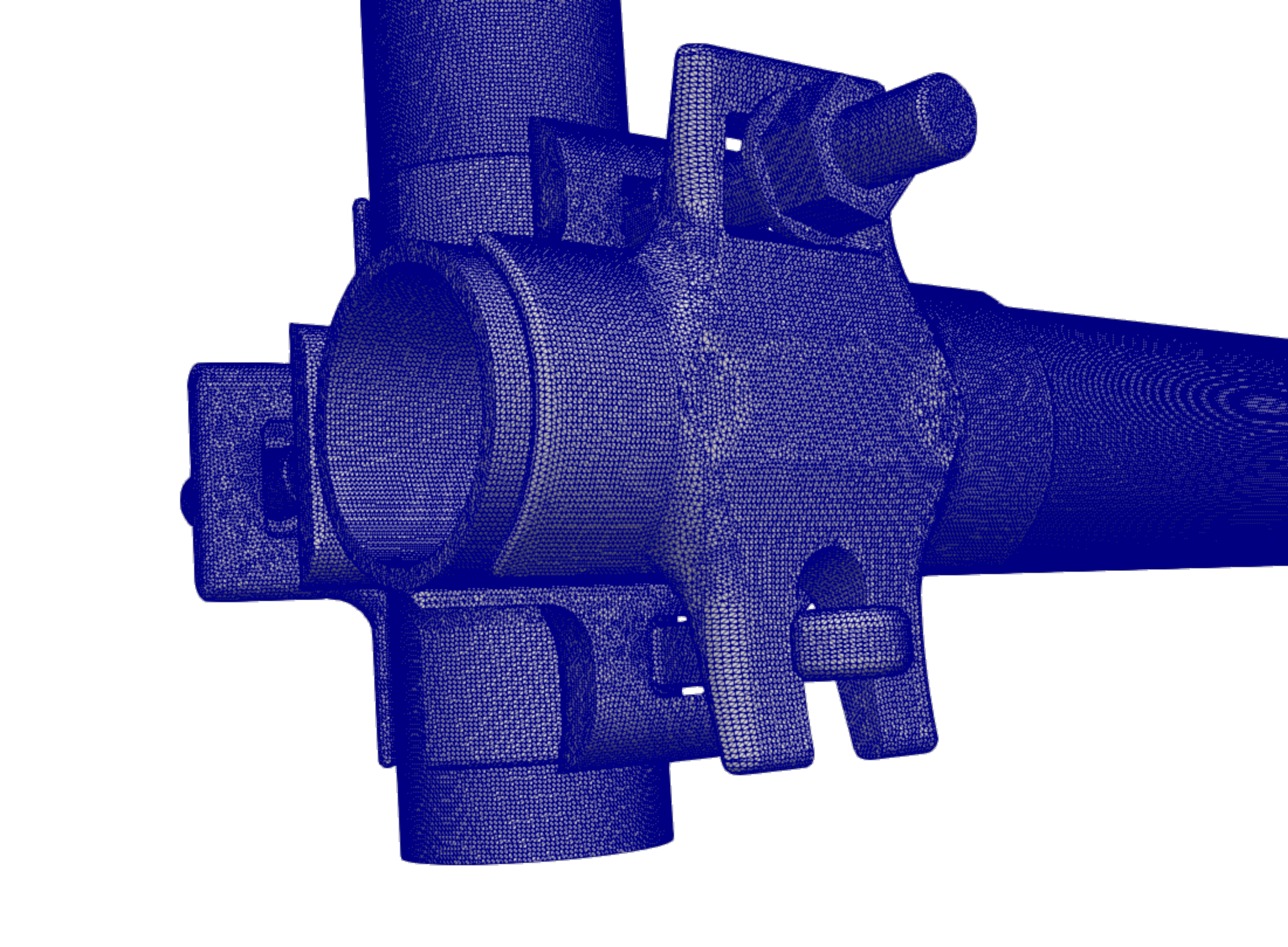
Mechanical simulation
Numerical simulations is a very common tool in the design of new mechanical components, in a very broad range of industries. The creation of an accurate mesh is crucial to get accurate and reliable results, to obtain an outstanding design of the components. Moreover, usually numerical simulations must be performed severeal time to optimize some geometrical parameters
The Chronos library offers incredible speed-up in reducing the computational cost of the simulation, allowing for a faster development of the model, with a greater accuracy. Moreover, Chronos library has been proven to be efficient also with model characterized by a low number of constraint, a typical situation in mechanical components that can make harder the solution of the linear system.
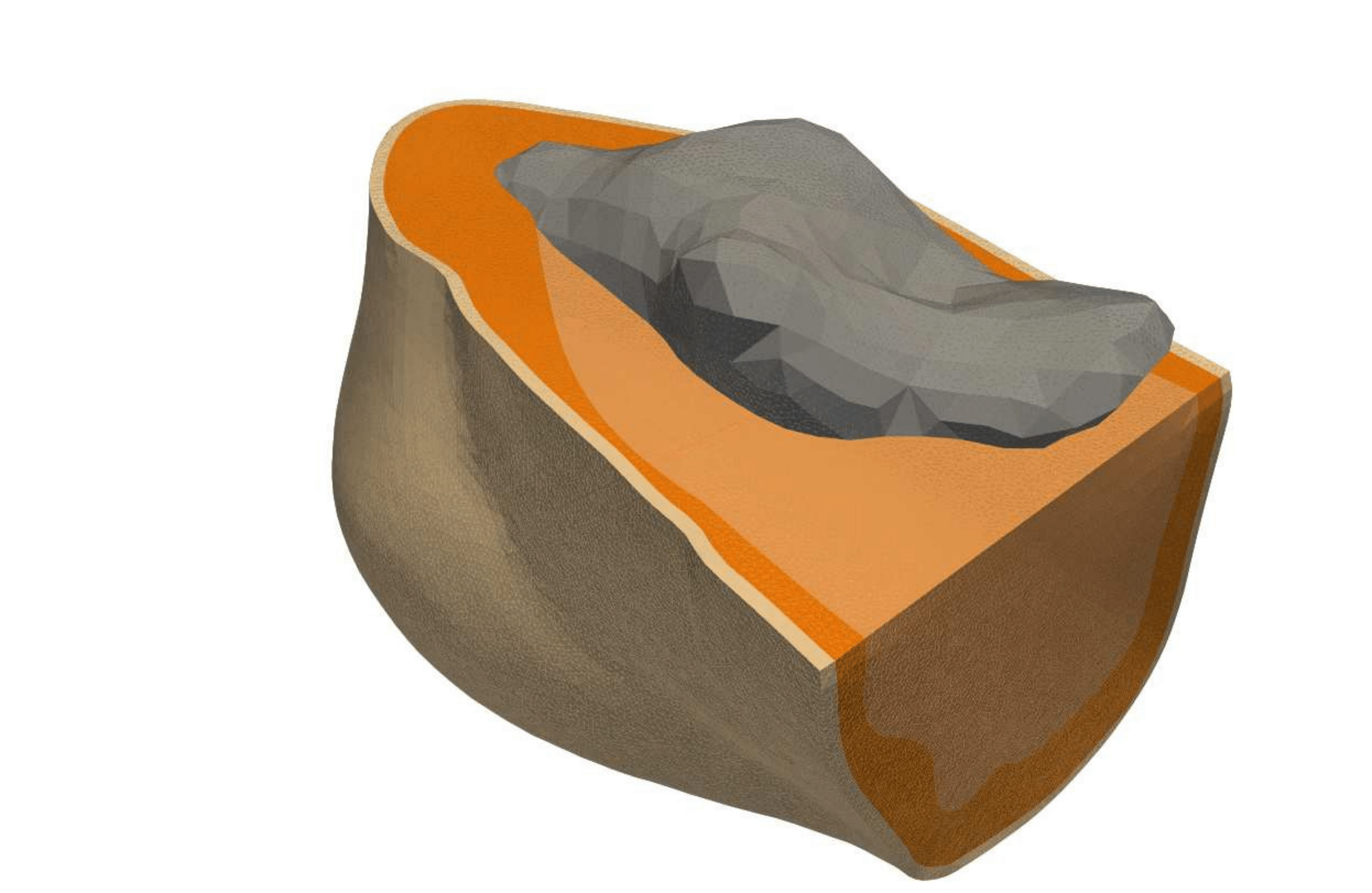
Biomechanical simulation
Numerical simulations is a very common tool in studying oil reservoir, typical examples are the modeling of porous flow in deep formations, the geomechanical processes involved in the compaction of rocks or the evolution of sedimentary basins. All these kinds of simulations are usually carried out on domains extending for several kilometers in each direction, having, at the same time, a high local resolution. In this context, the use of supercomputers is unavoidable to reduce simulation time.
The Chronos library offers incredible speed-up in reducing the computational cost of the simulation, allowing for a faster development of the model, with a greater accuracy. Moreover, Chronos library has been proven to be efficient also with mesh with distorted elements, typical in undergorund simulations.
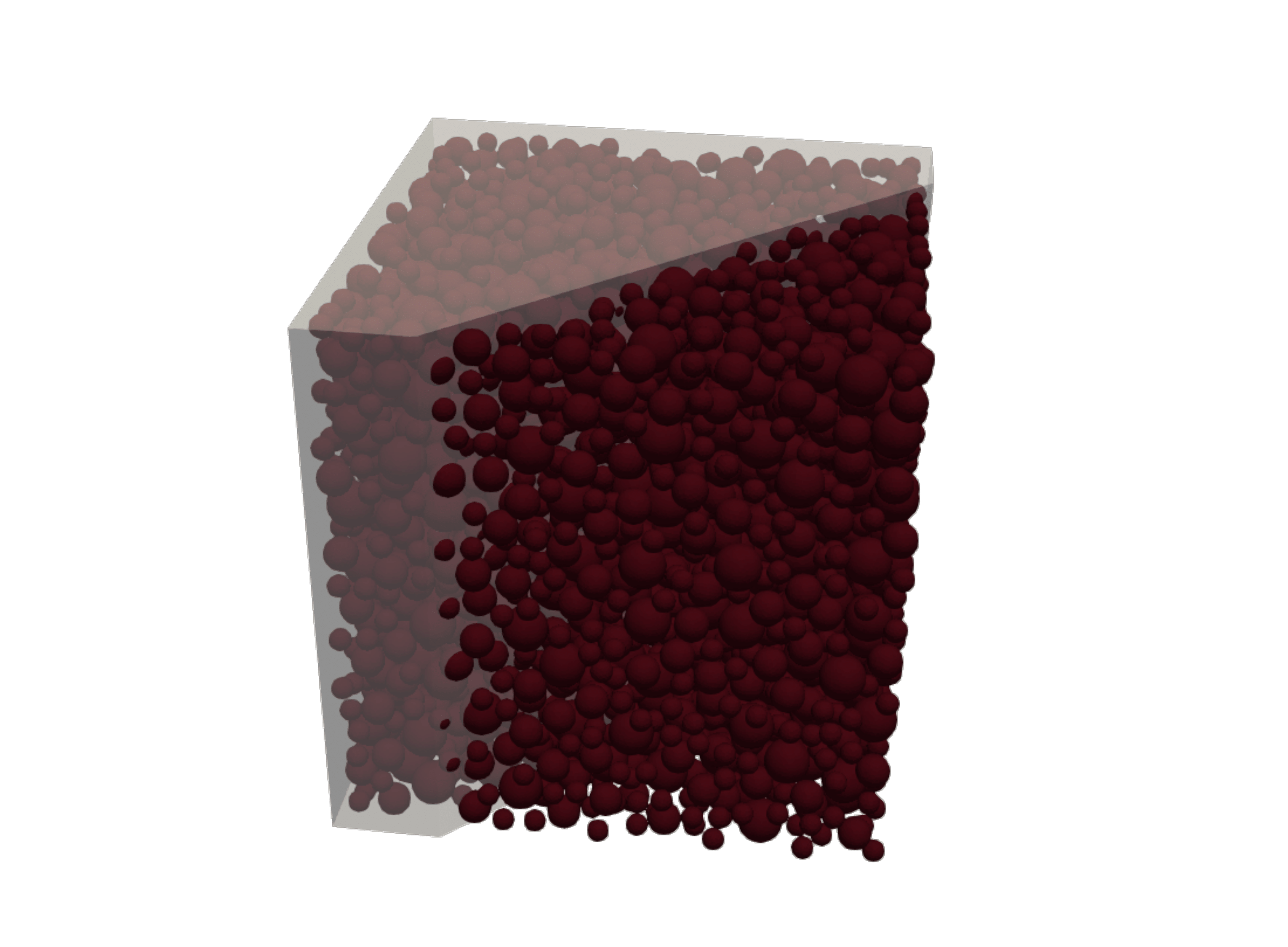
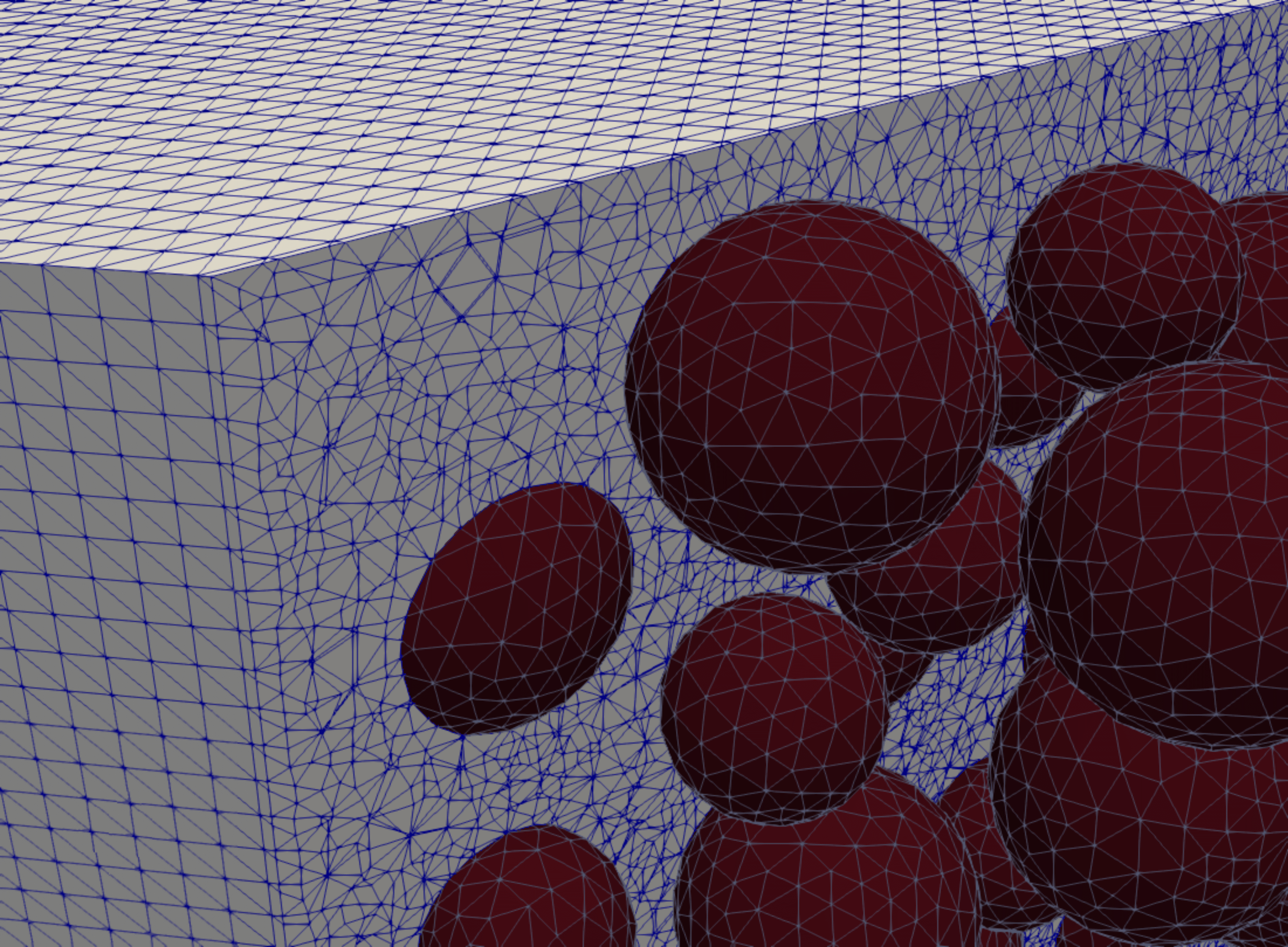
Multi-scale simulation
Many material and solid are characterized by different components, that required to be described with different scale. In these simulations, the mesh must be accurately refined, in order to properly address the components at the bigger and lower scale. Therefore, the use of HPC solutions ensure a better characterization of multiscale model, and allows for a proper mesh discretization within all the components of the system.
The Chronos library offers incredible speed-up in reducing the computational cost of the simulation, allowing for a faster development of the model, with a greater accuracy. Moreover, Chronos library has been proven to be efficient also with mesh with distorted elements, typical when material with inclusion need to be modelled. Moreover, Chronos efficiently solve ill-conditioned problems, that may arise when the multi-scale simulation is characterized by material stiffens difference up to several order of magnitude.
(Image courtesy of Mazzucco et al. 2020)
More information
References
A. Franceschini, M. Frigo, C. Janna, M. Ferronato, A Reverse Augmented Constraint preconditioner for Lagrange multiplier methods in contact mechanics https://arxiv.org/abs/2111.05599
G. Isotton, M. Frigo, N. Spiezia and C. Janna. Chronos: A general purpose classical AMG solver for high performance computing. SIAM Journal of Scientific Computing, 43, pp. C335-C357, 2021. https://arxiv.org/abs/2102.07417
G. Isotton, M. Bernaschi and C. Janna. A GPU-accelerated adaptive FSAI preconditioner for massively parallel simulations. International Journal of High Performance Computing Applications, to appear, 2021. https://arxiv.org/abs/2010.14175
A. Franceschini, V. A. Paludetto Magri, G. Mazzucco, N. Spiezia, and C. Janna, A robust adaptive algebraic multigrid linear solver for structural mechanics, Computer Methods in Applied Mechanics and Engineering, 352, pp. 389-416, 2019.
V. A. Paludetto Magri, A. Franceschini, M. Ferronato, and C. Janna, Multilevel approaches for FSAI preconditioning. Numerical Linear Algebra with Applications, 2018.
A. Franceschini, V. Magri Paludetto, M. Ferronato and C. Janna A robust multilevel approximate inverse preconditioner for symmetric positive definite matrices. SIAM Journal on Matrix Analysis and Applications, 39, pp. 123–147, 2018.
M. Bernaschi, M. Bisson, C. Fantozzi, and C. Janna. A FSAI preconditioned conjugate gradient solver on GPUs. SIAM Journal of Scientific Computing, 38, pp. C53-C72, 2016.
C. Janna, M. Ferronato and G. Gambolati. The use of supernodes in factored sparse approximate inverse preconditioning. SIAM Journal of Scientific Computing, 37, pp. C72-C94, 2015.
C. Janna, M. Ferronato, F. Sartoretto and G. Gambolati. FSAIPACK: a software package for high performance Factored Sparse Approximate Inverse preconditioning. ACM Transactions on Mathematical Software, Vol. 41, N. 2, Art. 10, 2015.
